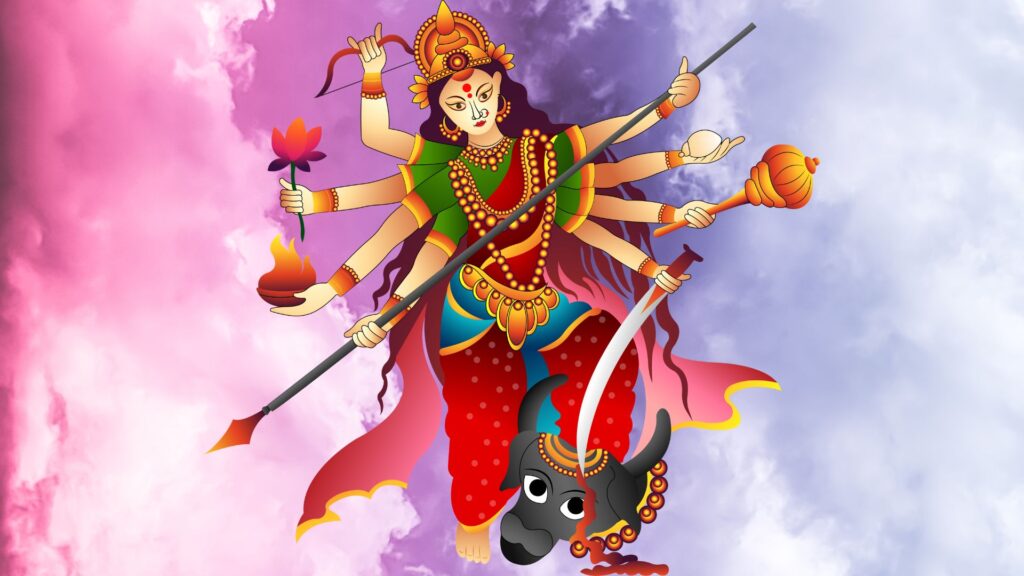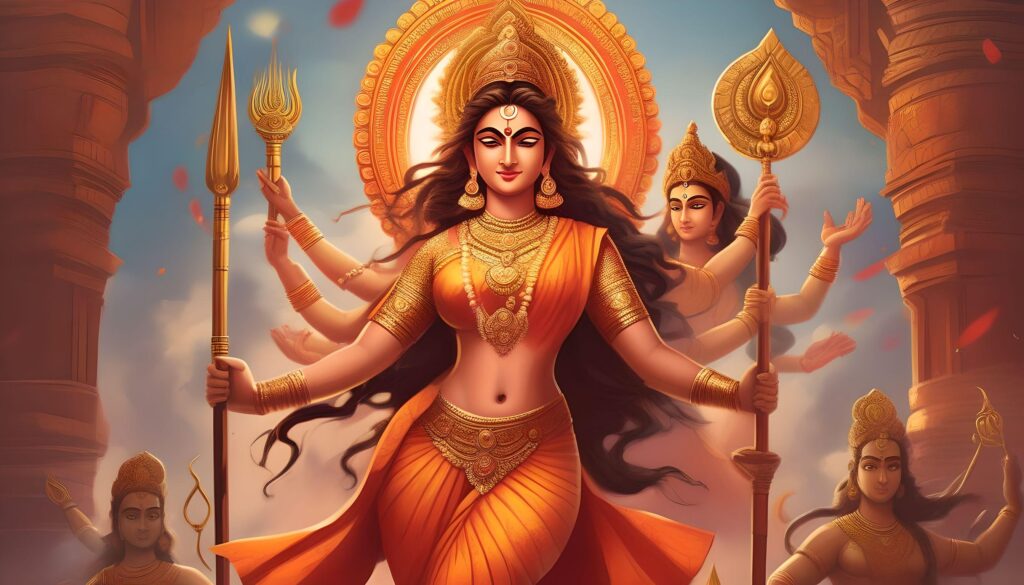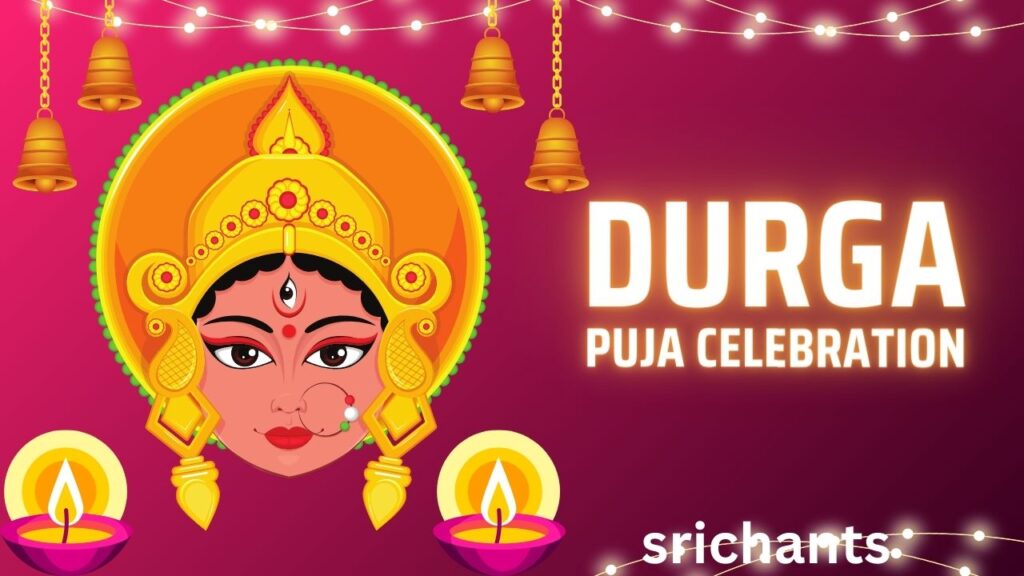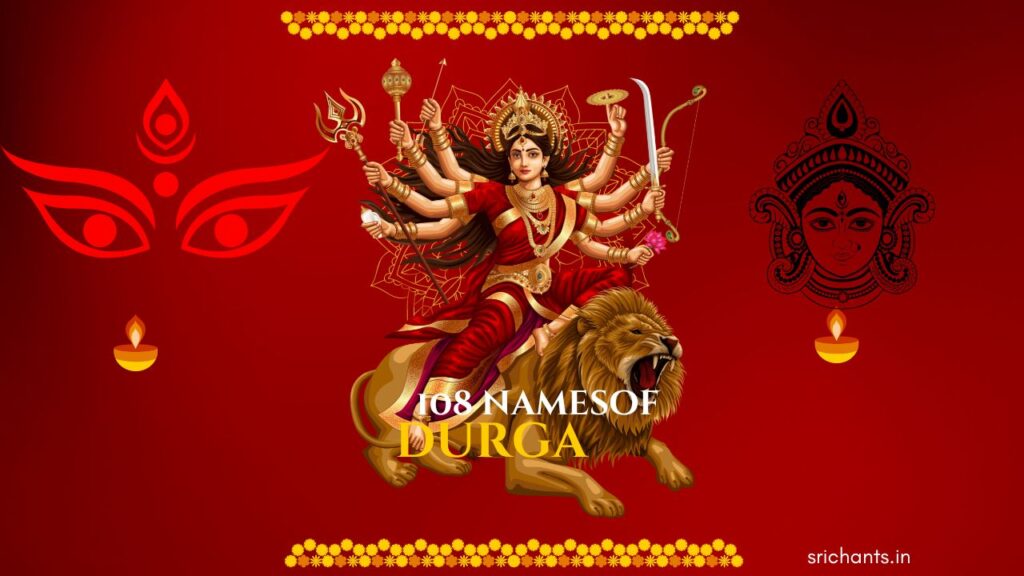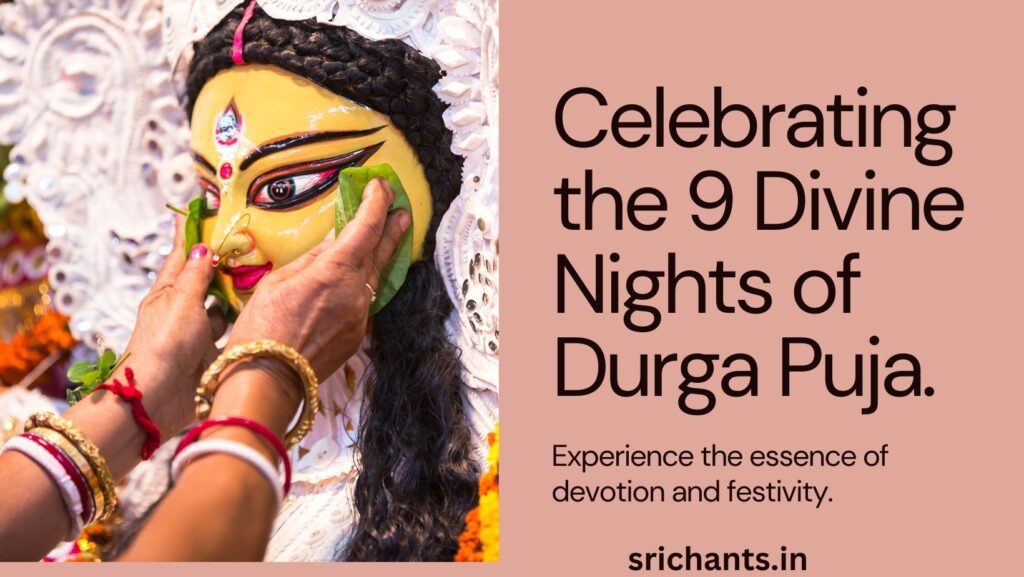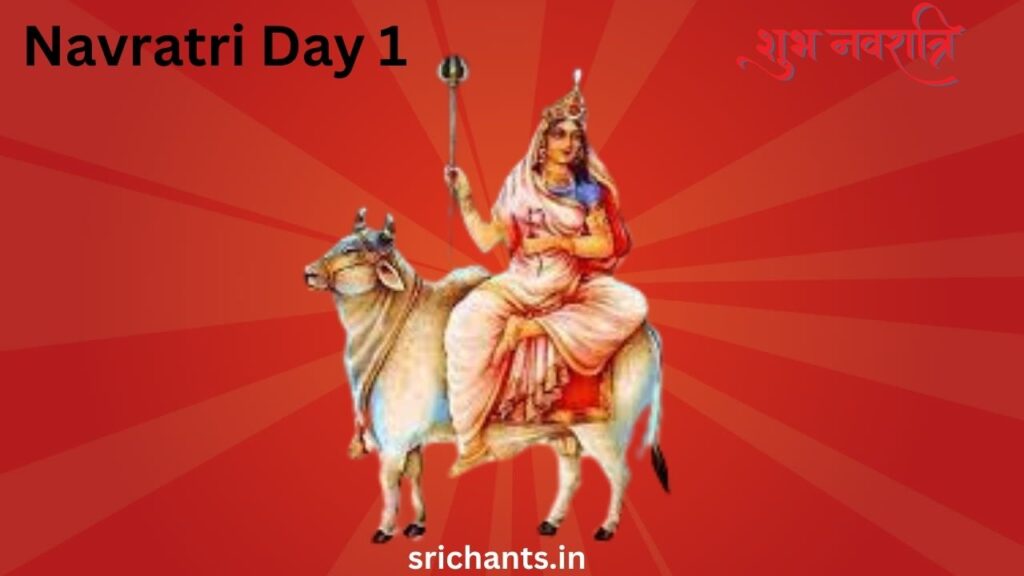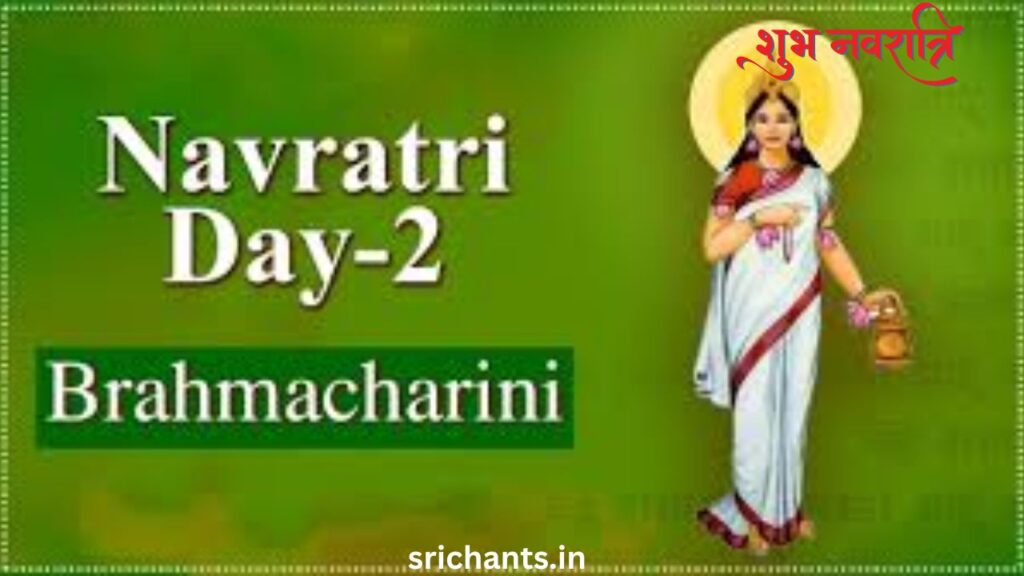Who is Goddess Durga and What are Her Powers?
Durga, a prominent deity in Hinduism, is also known as Devi or Shakti. She is considered one of the most prominent goddesses in Hindu mythology and is considered the protective mother of the vast universe. Durga, who is recognized for her multi-limbed form and fierce demeanor, is the embodiment of the power and fortitude necessary to confront malevolent forces in the world. The objective of this article is to examine the divine weapons, nine forms, magnificence, and origins of Goddess Durga as depicted in Hindu scriptures.
The Origin of Goddess Durga
Goddess Durga was created from the left side of Lord Shiva, as per the Shiva Purana. She played a crucial role in the establishment of Shivloka, a celestial residence. Legend has it that Lord Vishnu emitted a powerful light from his mouth when the demon Mahishasura wrought devastation on Earth, thereby endangering the existence of the gods. This light combined with the beams emitted by other deities, resulting in the formidable Goddess Durga.
In her divine guise, Durga challenged Mahishasura to a fight. Mahishasura and his army of malevolent soldiers approached Durga; however, she swiftly repelled them with her celestial weapons. She ultimately succeeded in ending Mahishasura’s dominion of evil by beheading him.

The Divine Weapons of Goddess Durga
Durga is the owner of a diverse array of divine weapons, each of which possesses its own symbolic significance. She is able to confront and defeat the forces of evil with the assistance of these instruments. We should examine some of the most significant weapons that are associated with her:
Trishul (Trident)
The principal weapon of Goddess Durga is the trident, which is also known as Trishul. It is a representation of the three gunas, Sattva, Rajas, and Tamas, which are qualities such as purity, passion, and inertia. The trident is a symbol of her power and authority over all aspects of existence.
Sudarshan Chakra (Discus)
The Sudarshan Chakra is a potent discus that Lord Vishnu bestowed upon Goddess Durga. It is a representation of her authority over the entire cosmos. The Sudarshan Chakra is a symbol of divine justice and protection.
Conch Shell (Shankha)
A conch shell was conferred upon the goddess Durga by the aquatic deity Varuna. The conch shell is a symbol of the holy sound of “Om,” the primordial vibration that permeates the cosmos. It symbolizes her connection to the divine.
Bow and Arrow
The bow and projectile in the hands of Goddess Durga are a symbol of her authority over both potential and kinetic energies. They are symbolic of her ability to direct and regulate energy in order to benefit society.
Thunderbolt
The thunderbolt, which belonged to the King of Heaven, Lord Indra, was bestowed upon Goddess Durga. It symbolizes her unwavering determination and fortitude in the face of adversity. Her steadfast resolve to defeat malevolent entities is symbolized by the thunderbolt.
Sword
Durga, the deity of knowledge, wields a sword. It embodies the acuity of intellect and the force of wisdom. The sword symbolizes the ability to penetrate ignorance and the importance of discernment.
Half-Bloomed Lotus
Goddess Durga is depicted holding a half-bloomed lotus in her fist. This lotus is a representation of humility and triumph. It serves as a reminder that spiritual development can occur in the face of worldly distractions and obstacles.
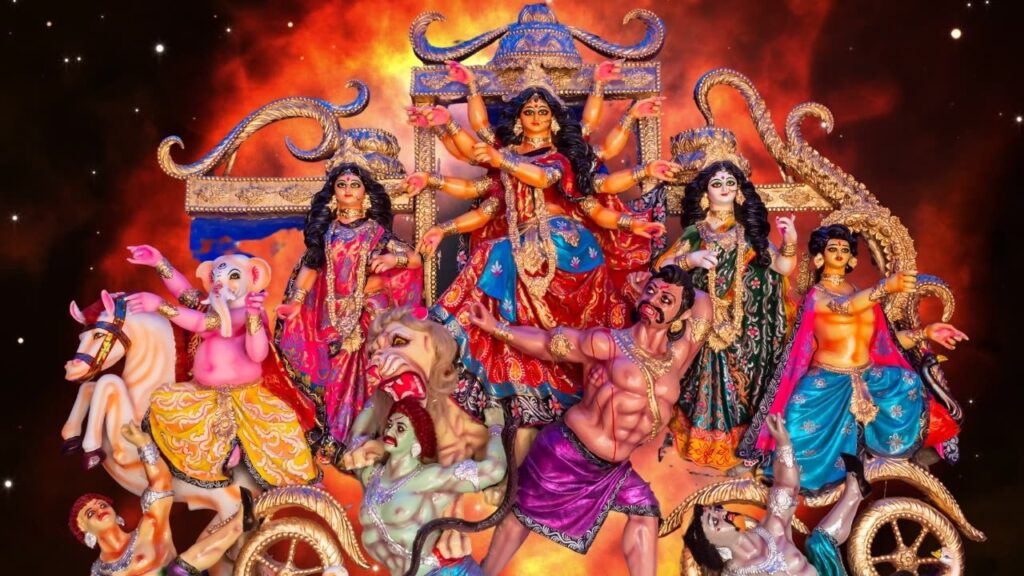
The Nine Forms of Devi Maa
Goddess Durga is revered in nine unique manifestations, each of which represents a unique aspect of her divine energy. These forms are revered during the nine-night festival of Navaratri, which is dedicated to the deity. We will examine the nine manifestations of Devi Maa:
- Sailaputri, also known as the “Daughter of the Himalayas,” is depicted as a juvenile girl who is holding a lotus and a trident. Sailaputri is a representation of the divine energy that sustains life and the power of nature.
- Brahmacharini (The Celibate): This form is a representation of the deity in her ascetic avatar. Brahmacharini is a symbol of devotion, penance, and self-control.
- Chandraghanta (The Moon-Bellied) is a deity of beauty and valor who is identified by the crescent moon that adorns her forehead. She is believed to be a person of great courage who protects her devotees from harm.
- Kushmanda, the creator of the universe, is depicted as a radiant deity with eight limbs. It is believed that the universe was created as a result of her divine smile.
- Lord Skanda (Karttikeya) was born from the divine powers of Skanda-Mata, also known as “The Mother of Skanda.” She embodies the protective and nurturing qualities of parenthood.
- Katyayani, the daughter of Sage Katyayana, is associated with devotion and affection. The gods’ collective petitions to protect themselves from a formidable demon are said to have resulted in her conception.
- Kalaratri (The Dark Night) is a fierce embodiment of the Goddess Durga. Her capacity to eradicate ignorance and darkness is symbolized by her untamed hair and dark complexion.
- Mahagauri (The Wife of Lord Shiva): Mahagauri is the personification of purity and tranquility. She is depicted as a radiant goddess with four limbs, which signify her grace and serenity.
- The source of mystic powers and blessings is Siddhidatri (The Bestower of Siddhis). It is believed that she bestows spiritual knowledge and fulfills the aspirations of her devotees.
The Glory of Durga in Hindu Scriptures
Hindu scriptures hold Goddess Durga in high regard due to her divine qualities. The Durga Chalisa, a forty-verse hymn, glorifies the goddess’s presence, conquests, and mercy on the conditioned spirits of Earth. It proclaims that Lord Shiva, all yogis, and even the creator Brahma and preserver Vishnu extol her praise.
In Hindu mythology, Goddess Durga assumes a diverse array of forms in order to accomplish her unique goals. She manifests as Goddess Saraswati to bestow wisdom upon sages, as Mother Amba to accompany Lord Vishnu in his Narasimha incarnation, and as Devi Maa to protect the universe from malevolent forces.
The Durga Chalisa vividly extols her divine attributes, such as her paramount power, wisdom, and compassion. It underscores her position as the ultimate protector and the embodiment of cosmic energies. In order to receive her graces, devotees offer prayers, seek her guidance, and meditate upon her.
Conclusion
Goddess Durga is a deity in Hinduism who is regarded as the protective mother of the universe. She is renowned for her formidable appearance and divine powers, which symbolize the fortitude necessary to confront malevolent entities. She demonstrates the virtues of compassion, wisdom, and courage through her nine forms and a multitude of divine weapons.
Goddess Durga is worshipped by devotees during festivals like Navaratri, who request her blessings and honor her numerous manifestations. The Durga Chalisa celebrates her presence in Hindu mythology and extols her status as the embodiment of cosmic energy.
As we investigate the symbolism and narratives associated with Goddess Durga, we gain a deeper understanding and reverence for her significance in the Hindu faith. Her grace, power, and protection consistently inspire and guide devotees on their spiritual journeys.


